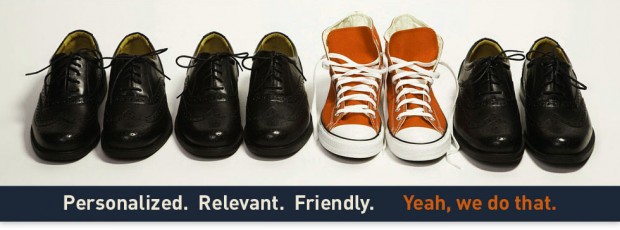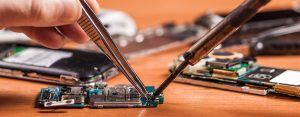Put 3D printing technology into the hands of college students studying not only computer science, but also design, art, business, or any of a number of other majors, and you will see innovation printing out the other end of the printers. Across the country, a movement to get 3D printing capacity to both university and high school campuses has begun, and the results could be very promising.
DevelopIntelligence looks at Virginia Tech is one school experimenting in open-access 3D printing. Students may start by learning to code, and then move on to creating their own 3D designs. They put their USB drives into a vending machine of sorts, and it spits out their creations. Specialized printers like this are usually only for professionals to use, but the school wants to see what students can think up through its Design, Research, and Education for Additive Manufacturing Systems (DREAMS) Laboratory.

Several other universities are trying out more open-access 3D printing as well. For example, in Tennessee, the Oak Ridge Associated Universities group trains current soldiers and veterans in advanced manufacturing, according to CampusTechnology.com. Northwestern is turning 3D printing to design new fuel cells, and Baylor used 3D printing to make costume accessories and props for a play. Biomedical devices for the head and face are being developed at Yale that can be connected to tissue.
The problem is that 3D printing is still in the research and development phase itself. There is no consistent move to put 3D printing into the classroom or to teach it for its own sake. Like the national movement to get kids into coding, 3D printing could take the next step and encourage kids and adults of all ages to try it.
A recent workshop laid our recommendations that included a standard curriculum, reaching out to K-12, a national network, and community training and spaces to use 3D printing, such as a library that includes a maker space.
While this sort of codification of 3D printing will be difficult to accomplish, the benefits of putting this technology into the hands of students and the public include innovation on a grand scale, which can only help spur on the economy’s growth and the betterment of people’s everyday lives.




